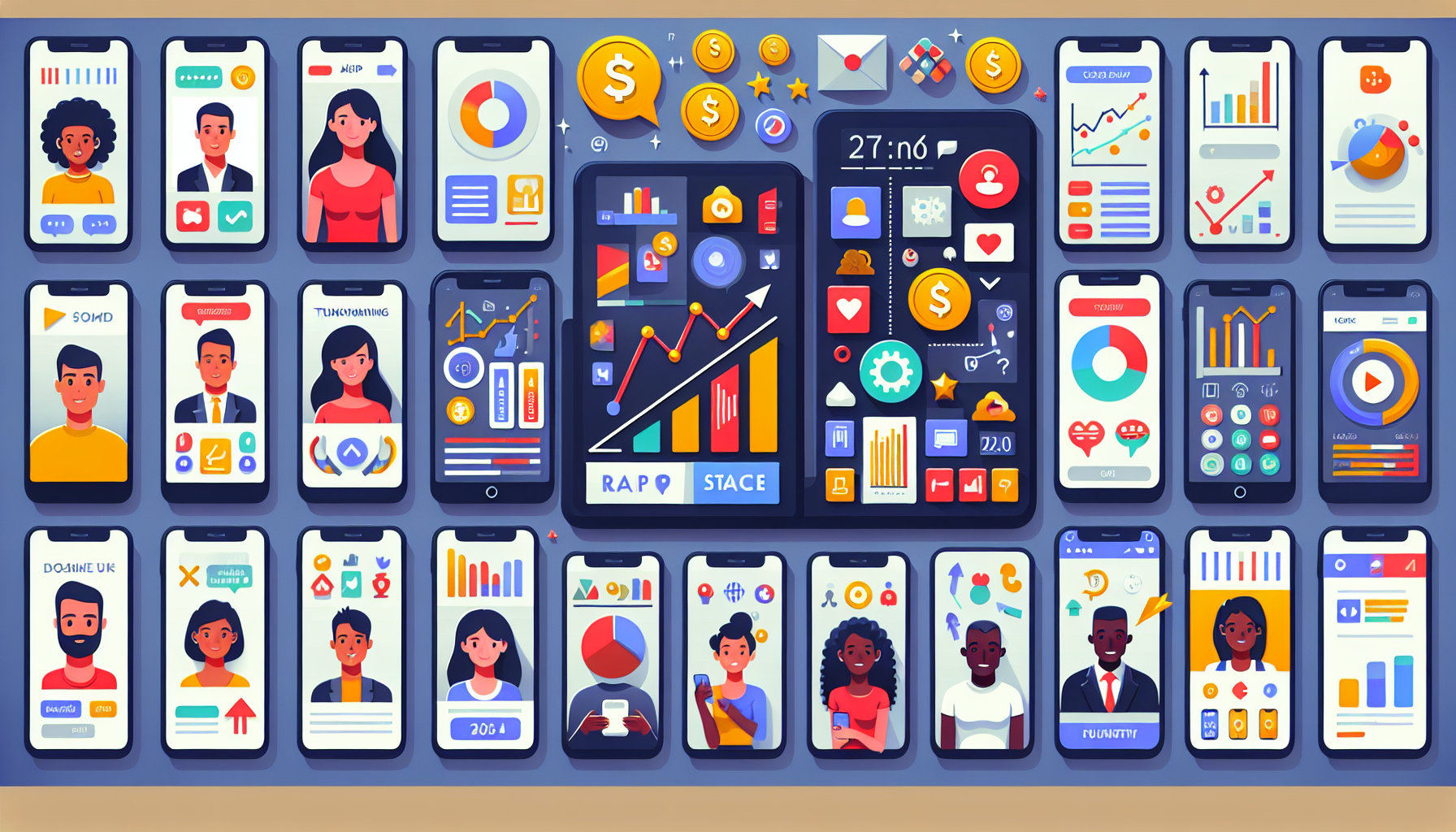In-App Personalization: A Game Changer for User Engagement
In today’s digital landscape, businesses are increasingly prioritizing user experience as a critical driver of success. An emerging trend in this sphere is in-app personalization, a method of tailoring user experiences based on collected data. A recent report indicates that more than 67% of companies that have embraced personalization strategies have seen significant improvements in revenue targets and customer satisfaction. This article delves into the types of user data essential for crafting personalized in-app experiences, the implications of this trend for businesses, and examples of successful applications in the Software as a Service (SaaS) sector.
What is In-App Personalization?
In-app personalization is defined as the practice of utilizing user data to enhance the experience within an application. Unlike marketing personalization, which is directed at potential consumers outside the app, in-app personalization is concerned with improving the interactions users have with a product post-download. By leveraging various user data—namely goal-based, attribute-based, and product-usage-based data—businesses can create tailored user experiences that foster engagement, increase retention rates, and ultimately lead to better customer outcomes.
| Type of Data | Description | Examples of Usage |
|---|---|---|
| Goal-Based Data | Information collected about what users hope to achieve | Surveys, onboarding questionnaires, user goals |
| Attribute-Based Data | User information based on demographics or firmographics | Job title, company size, industry |
| Product-Usage Based Data | Data reflecting user interaction and behavior within the app | Feature clicks, session duration, daily active users |
The Importance of Data in Personalization
To initiate a successful in-app personalization strategy, the collection of data is paramount. The most effective approaches involve either directly soliciting user information through onboarding and surveys or analyzing existing usage patterns within the app. For instance, goal-based data can reveal what a user wants to accomplish, such as improving collaboration within a marketing team or enhancing customer support response times. Defining goals helps in establishing tailored pathways for users, thus decreasing the time they take to realize value from the product.
Segmentation is another critical aspect. By filtering users into distinct categories, such as trial users versus paid customers, organizations can deliver relevant content and guidance. Customers who are trialing a product typically have different needs than those who are invested, thus requiring a differentiated onboarding experience.
Implications for Businesses
The ramifications of adopting in-app personalization are profound. As businesses leverage data to authenticate and deepen user engagement, they can expect enhanced user satisfaction, which correlates positively with user retention and sales conversions. Additionally, by creating an environment that customers perceive as catering to their unique needs, businesses can increase loyalty—a particularly cherished asset in any competitive market.
As personal insights from industry experts suggest, “Understanding users' goals and pain points is essential to customizing onboarding experiences effectively,” affirming a sentiment consistent with the principle that knowledge of users translates to better service.
Real-World Applications of In-App Personalization
Several companies have successfully leveraged in-app personalization, providing illuminating case studies:
1. Speeko
Speeko, an AI-powered public speaking coach, exemplifies goal-based personalization. Their onboarding process questions new users about their goals and existing abilities, enabling the app to generate tailored coaching sessions. Users are reassured that the product is aligned with their specific aspirations, fostering a sense of confidence.
2. Read.io
This automated meeting report tool focuses on attribute-based personalization. During onboarding, users specify their job roles, which allows Read.io to provide insights relevant to their departments. This customization improves user comprehension and usability right from the onset of engagement.
3. Canva
The design platform Canva employs product-usage data to motivate users. Upon achieving a design milestone, users receive congratulatory notifications and rewards. Such gamification not only enhances user satisfaction but also encourages content sharing, which aids in marketing efforts.
Moving Forward: Adopting a Personalization Strategy
In summation, the strategy of in-app personalization is poised to revolutionize user experience within applications. By reflecting users' individual goals, attributes, and behaviors, businesses not only meet but exceed user expectations, transforming their relationship with customers into a collaborative and rewarding dialogue.
Explore in-app personalization further by visiting resources specializing in this field; they offer valuable strategies and insights to help organizations implement successful personalized experiences. In the end, investing in personalization is more than just a trend—it is a necessity for staying relevant in today’s user-centric market.
As one industry leader put it, “The ability to connect with users on a personal level is crucial for modern business.” Therefore, the question is not whether you should personalize your user experience, but how soon you can start.

답글 남기기